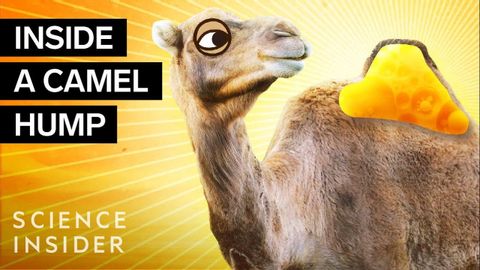ラクダのこぶの中には何が入っているのか? (What's Inside A Camel Hump?)
Nina が 2021 年 01 月 14 日 に投稿  この条件に一致する単語はありません
この条件に一致する単語はありませんUS /ɪˈvɛntʃuəli/
・
UK /ɪˈventʃuəli/
US /ɪk'strimlɪ/
・
UK /ɪkˈstri:mli/
US /aɪˈkɑnɪk/
・
UK /aɪˈkɒnɪk/
US /ˈpræktɪs/
・
UK /'præktɪs/
- n.仕事;練習すること;慣習
- v.t./i.開業;従う;練習する;実践する
エネルギーを使用
すべての単語を解除
発音・解説・フィルター機能を解除

